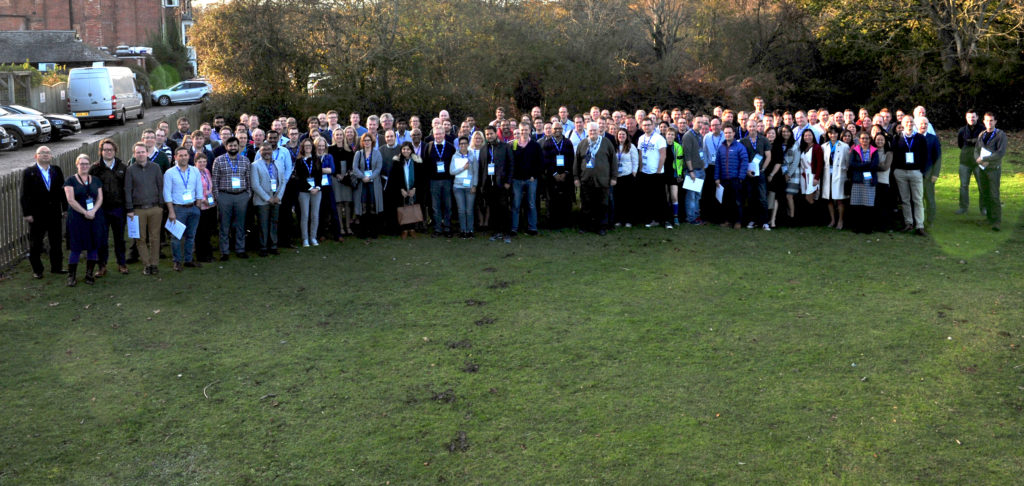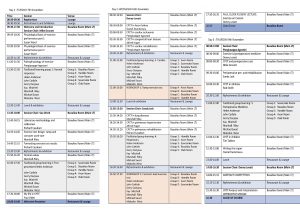Rocco IS, Viceconte M, Pauletti HO, Matos-Garcia BC,
Marcondi NO, Bublitz C, Bolzan DW, Moreira RSL, Reis MS,
Hossne NA Jr, Gomes WJ, Arena R, Guizilini S.
Disabil Rehabil. 2017 Dec 26:1-7. doi: 10.1080/09638288.2017.1401673. [Epub ahead
of print]
PURPOSE: We aimed to investigate the ability of oxygen uptake kinetics to predict
short-term outcomes after off-pump coronary artery bypass grafting.
METHODS: Fifty-two patients aged 60.9 ± 7.8 years waiting for off-pump coronary
artery bypass surgery were evaluated. The 6-min walk test distance was performed
pre-operatively, while simultaneously using a portable cardiopulmonary testing
device. The transition of oxygen uptake kinetics from rest to exercise was
recorded to calculate oxygen uptake kinetics fitting a monoexponential regression
model. Oxygen uptake at steady state, constant time, and mean response time
corrected by work rate were analysed. Short-term clinical outcomes were evaluated
during the early post-operative of off-pump coronary artery bypass surgery.
RESULTS: Multivariate analysis showed body mass index, surgery time, and mean
response time corrected by work rate as independent predictors for short-term
outcomes. The optimal mean response time corrected by work rate cut-off to
estimate short-term clinical outcomes was 1.51 × 10-3 min2/ml. Patients with
slower mean response time corrected by work rate demonstrated higher rates of
hypertension, diabetes, EuroSCOREII, left ventricular dysfunction, and impaired
6-min walk test parameters. The per cent-predicted distance threshold of 66% in
the pre-operative was associated with delayed oxygen uptake kinetics.
CONCLUSIONS: Pre-operative oxygen uptake kinetics during 6-min walk test predicts
short-term clinical outcomes after off-pump coronary artery bypass surgery. From
a clinically applicable perspective, a threshold of 66% of pre-operative
predicted 6-min walk test distance indicated slower kinetics, which leads to
longer intensive care unit and post-surgery hospital length of stay. Implications
for rehabilitation Coronary artery bypass grafting is a treatment aimed to
improve expectancy of life and prevent disability due to the disease progression;
The use of pre-operative submaximal functional capacity test enabled the
identification of patients with high risk of complications, where patients with
delayed oxygen uptake kinetics exhibited worse short-term outcomes; Our findings
suggest the importance of the rehabilitation in the pre-operative in order to
“pre-habilitate” the patients to the surgical procedure; Faster oxygen uptake
on-kinetics could be achieved by improving the oxidative capacity of muscles and
cardiovascular conditioning through rehabilitation, adding better results
following cardiac surgery.


